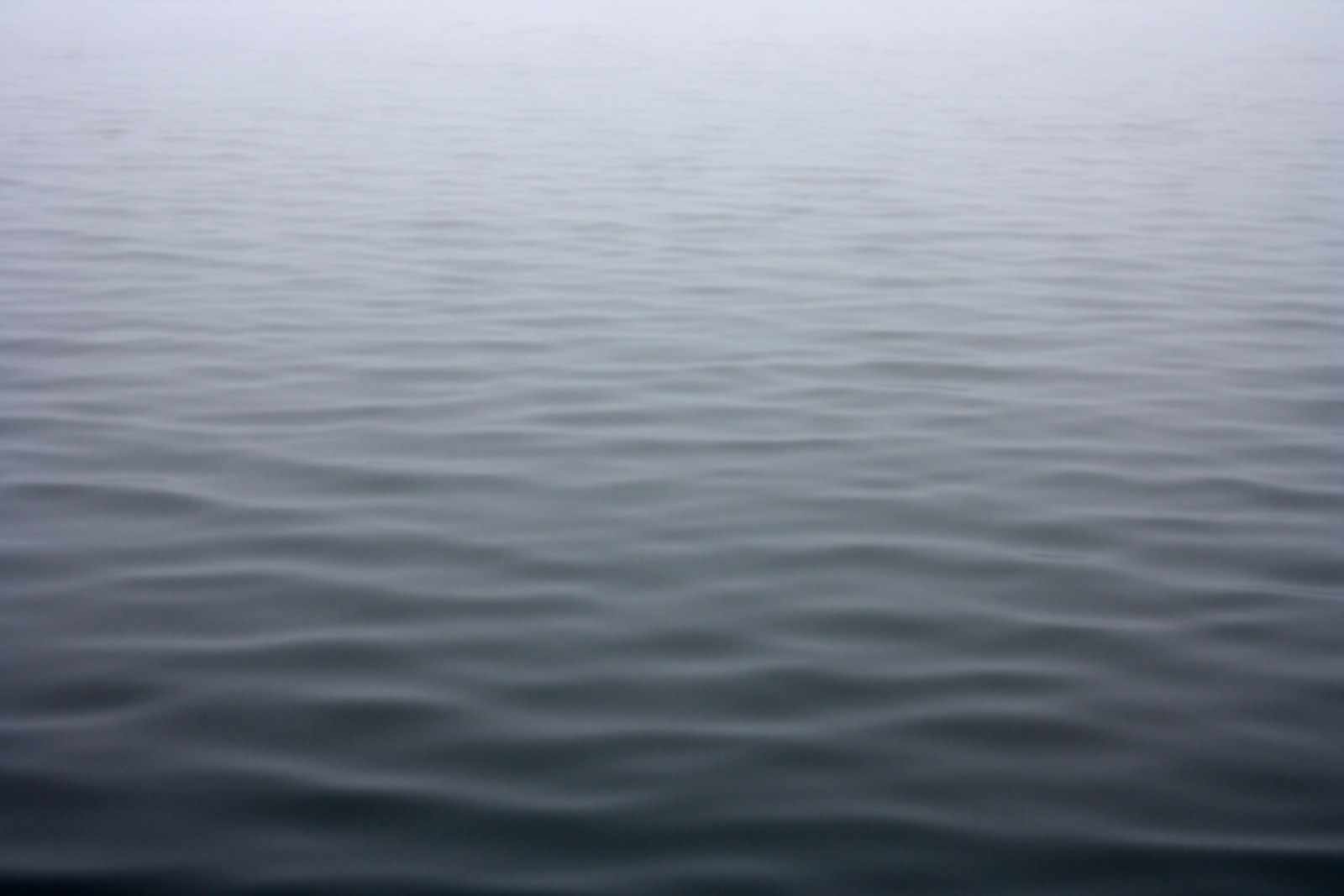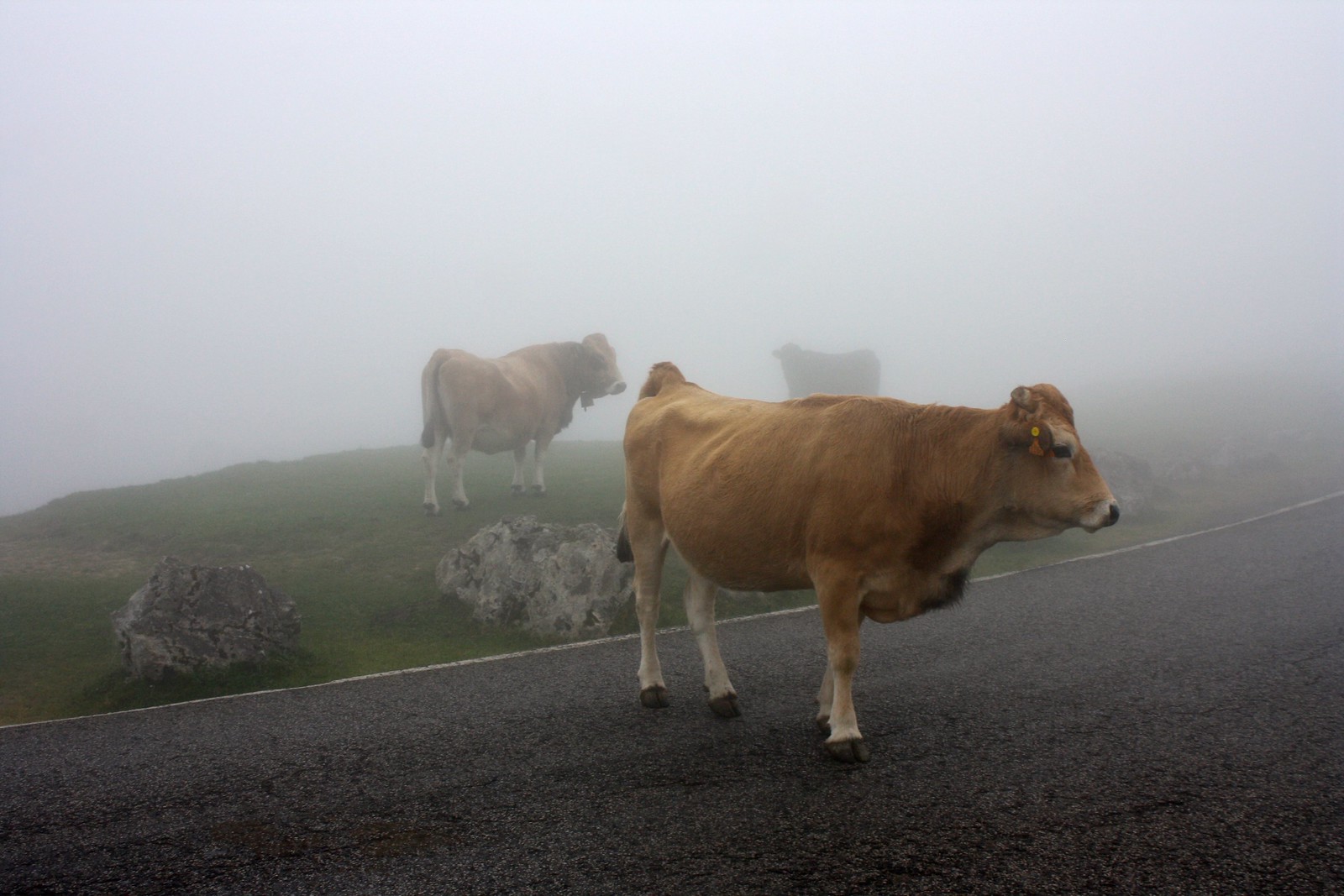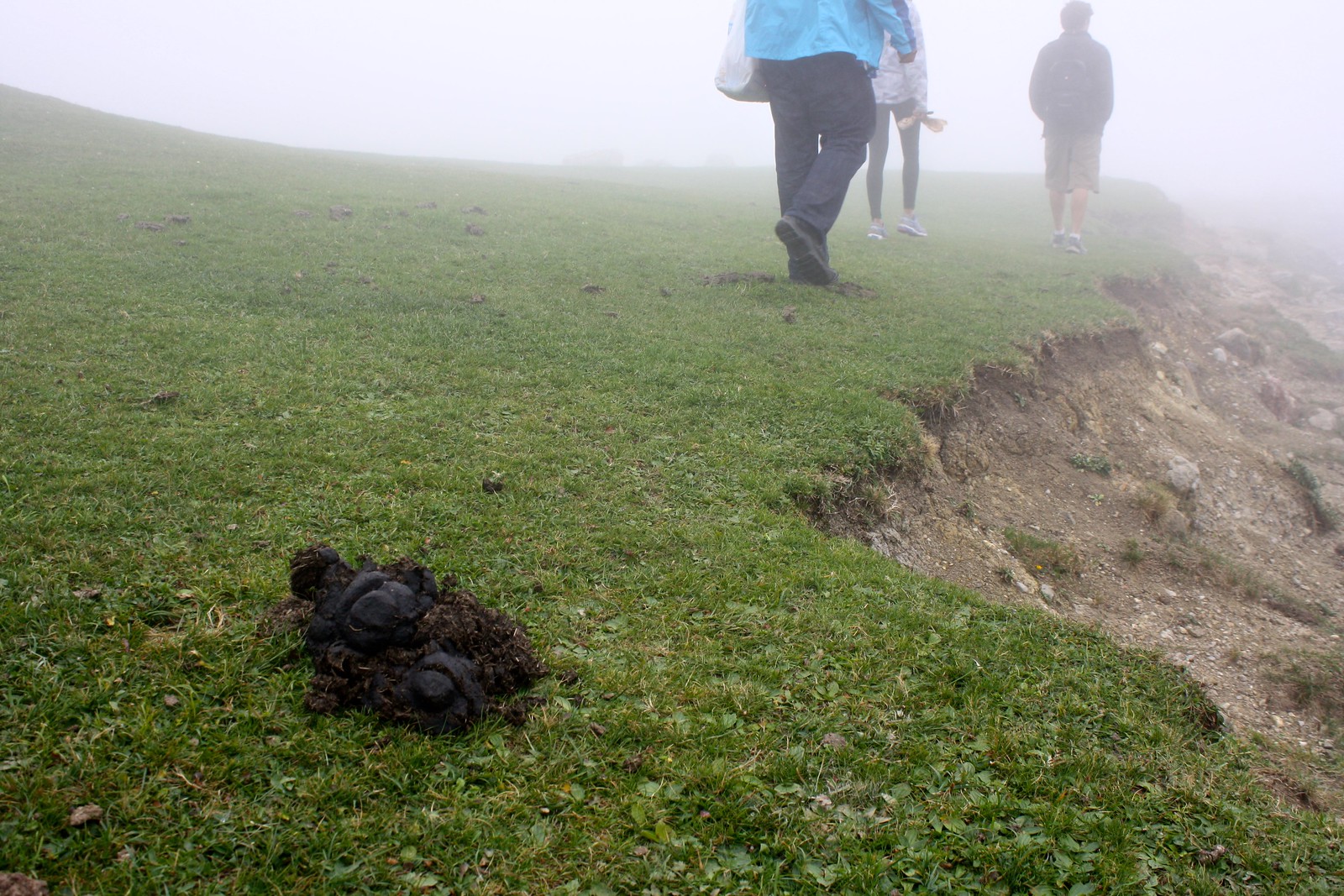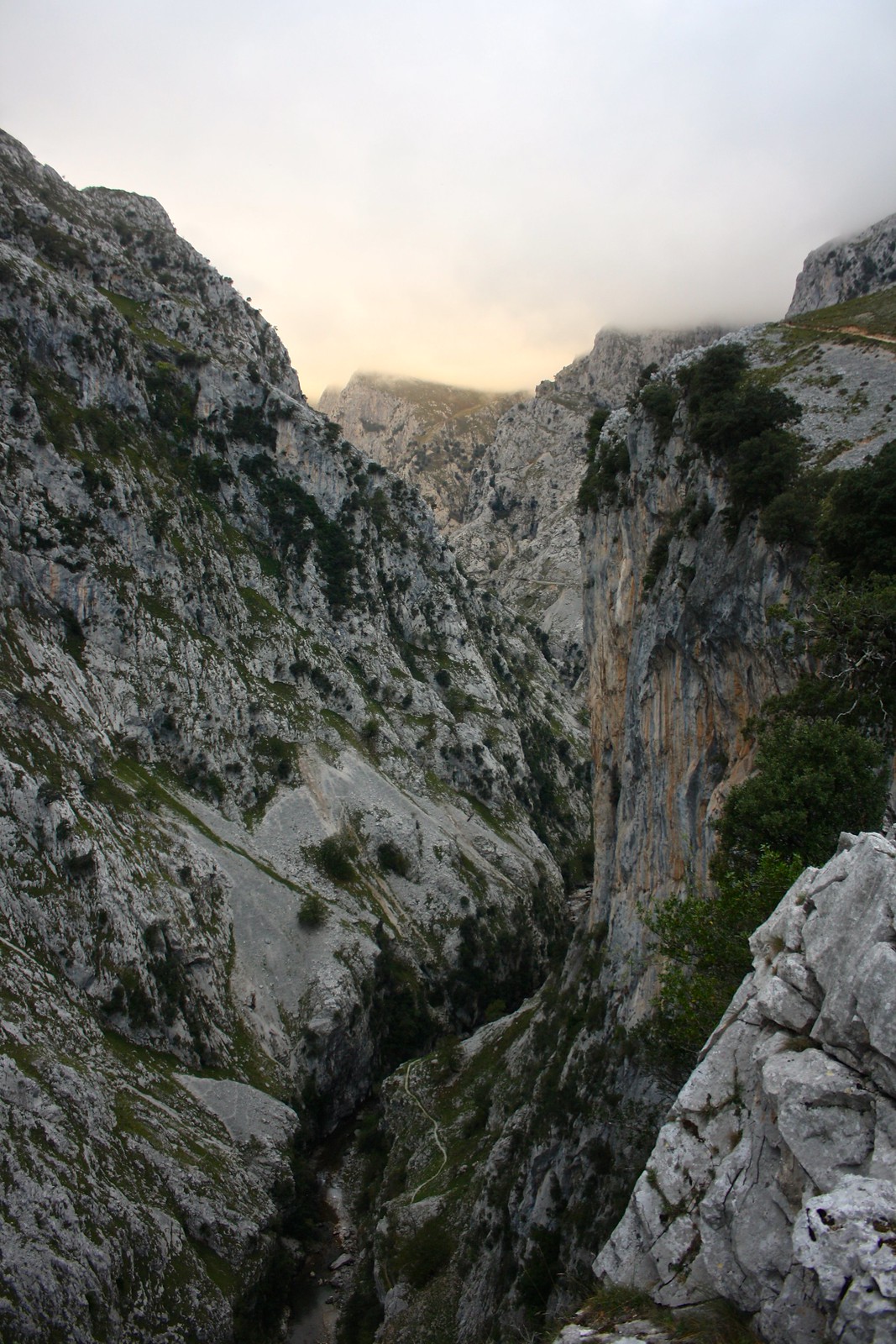One of my favorite things about the U.S. is our country’s rich heritage of natural monuments, from Arizona’s Grand Canyon to the Rocky Mountains in Colorado. I grew up taking family road trips out west to see the national parks and always hopped at the opportunity to go camping in The Natural State with my college’s Outdoor Rec program.
Apart from Galicia’s
Cíes Islands and the
Praia das Catedrais beach, my travels in Spain have been mostly limited to cultural treasures like cathedrals, castles, and cooking; natural wonders have been sorely lacking in my itineraries.
I made sure to fix this problem during the
road trip my housemates and I took across Spain’s northern coast back in November: after getting coffee in cozy
Cangas de Onís and appreciating
la España profunda (“deep Spain”) at
Covadonga, we drove deeper into the heart of the
Picos de Europa National Park. Literally the “Peaks of Europe,” this compact collection of mountains sits at the center of the
Cordillera Cantábrica, the east-west mountain range that forms the natural border between Spain’s northern coast and the flat
meseta to the south.
But the Picos are more than just a geologic definition; they’ve got some of the most beautiful natural scenery I’ve seen in the country.
Cutting through heavy fog at the Lakes of Covadonga
The higher we drove up into the mountains, the foggier it got, and by the time we finally reached the Lakes of Covadonga, we could barely see the car in front of us. This was a major letdown because we had high hopes for these two glacial lakes floating ethereally in between craggy mountainheads. With clumps of mist hurrying by, we parked the rental car a little ways above the main loop drive and decided to make the most of the foggy day.
As our cellphones were worthless in such a rural area (14km of switchbacks away from Covadonga), we didn’t want to risk getting lost in the disorienting fog, so we made one big circuit of Enol Lake, hugging the shore and scrambling over rocks and boulders. On a (mostly) dry patch of hillside we stopped for a small snack lunch of
empanadas and PB&Js, contemplating the smooth, clear water of the lake in a chilled silence that was broken only by the
cacophonous music of cowbells jingling on the opposite shore.
It wasn’t long before we came across the source of these eerie yet fascinating sounds. A small herd of cows and horses were grazing around, passing nonchalantly in and out of the fog and really not giving two hoots about us four American hikers.
Being seven-year-olds and laughing at poop
Unsurprisingly, cow patties were everywhere at the lake, and I think one of us accidentally stepped in one of them at one point. While leaving the park we actually went out of our way to stop off at a dinky village called Poo. Yes, you read that right:
Poo.
I’m not exactly sure
where the name comes from, but we couldn’t resist embracing our inner seven-year-olds and snapping a shot of the city limit sign before hopping back in the car.
Experiencing the sublime along the Cares River Gorge trail
The real reason we came to the Picos de Europa wasn’t to gaze
disappointedly wistfully at fog-covered lakes, or to giggle at Poo, Spain. No, we were here to go hiking! Fortunately the fog lifted up and the rain wasn’t due for another day, so we got the chance to explore a stretch of
the trail that runs along the Cares River. The
Ruta del Cares is one of the most popular hiking routes in the country, and I’ve heard that in summer it can get overwhelmed with tourists, and obviously it snows here in the winter, so fall was the perfect time to visit.
Scoring the mountainside dozens of meters above the actual river itself, the “Cares Route” passes through a gorge (
garganta in Spanish) of magnificent scenery, but it was originally trailblazed not for leisure but for practicality. During the construction of a hydroelectric plant downstream in the early 20th century, they paved this trail to link the Asturian village of Poncebos with the Leonese town of Caín, a short 11km connection but literally the only way to transfer supplies between these two isolated outposts in winter.
Not so much wide as it is steep, the
Garganta del Cares offers spectacular mountain views from a privileged location halfway up the side of the canyon. Monochrome hillsides of limestone and grass rear up in silence, guarding impressive vistas around each bend of the river.
Since we had arrived so late in the day (4:30pm), we were only able to hike an hour in (about 5km) before having to turn back. But at the halfway point, my housemate and I stopped for a breather at a great clearing that opened up to the side of the trail. While we precariously peeked off the ledge to try to see the river below, the sun finally emerged from the fog for a brief five minutes…before descending behind the imposing hillsides.
Have you gone hiking in the Picos before—or any mountain range in Spain, for that matter? Tell me about what you’ve done below in the comments!












